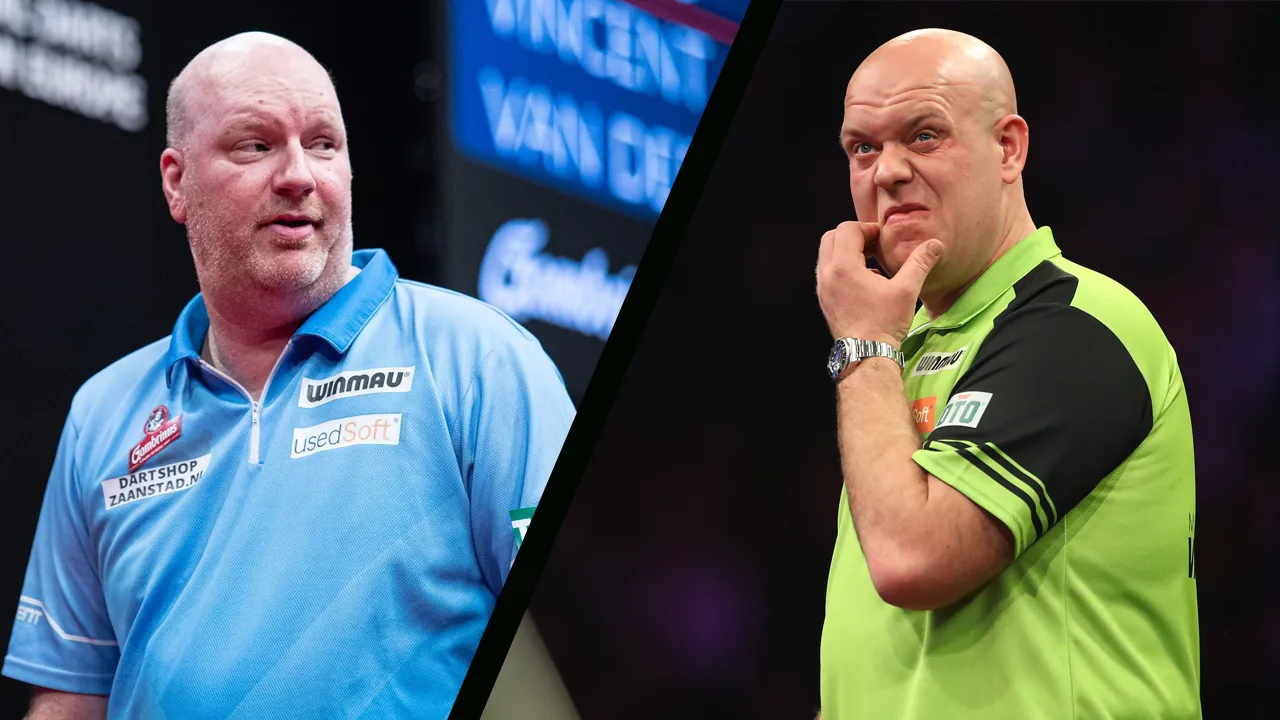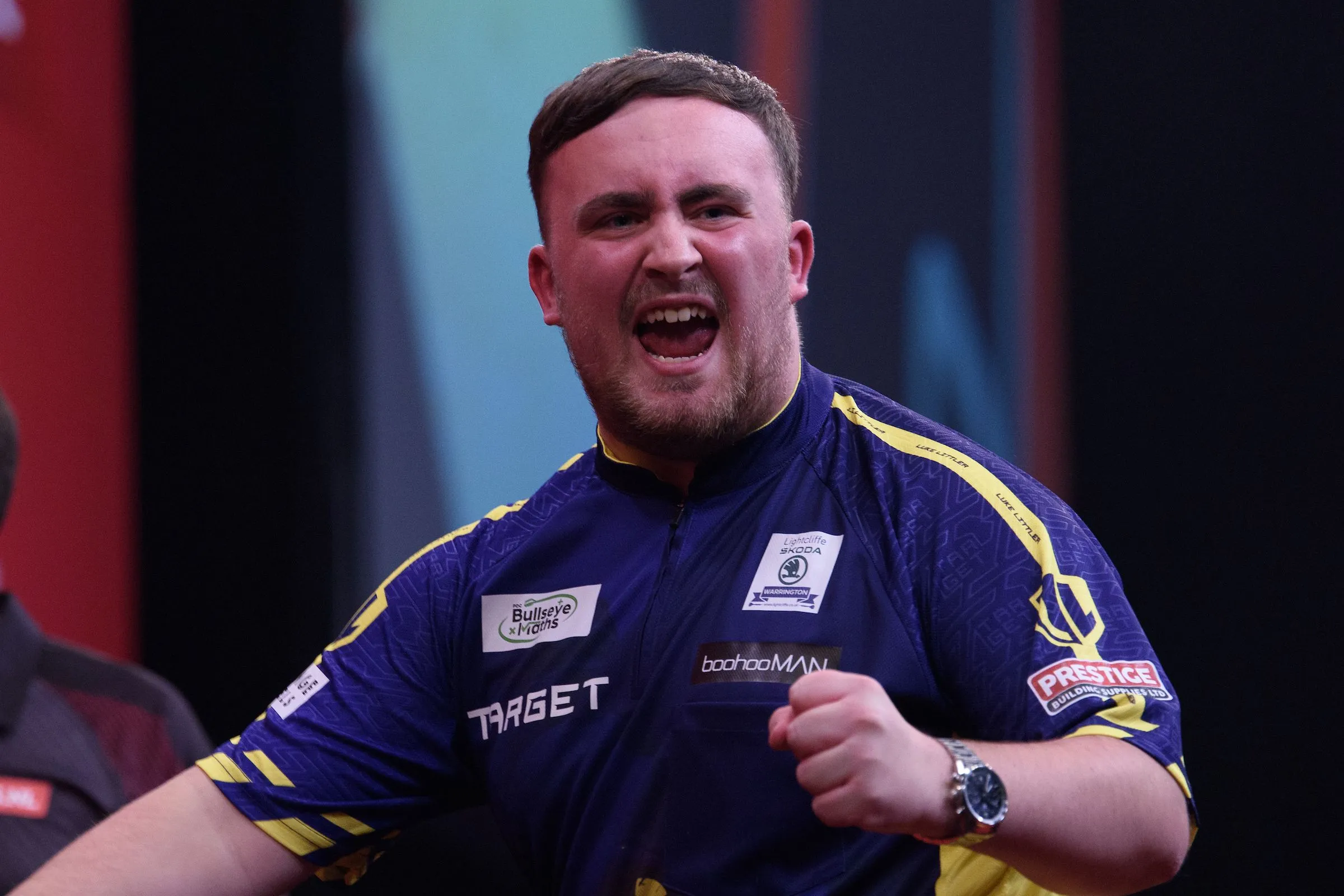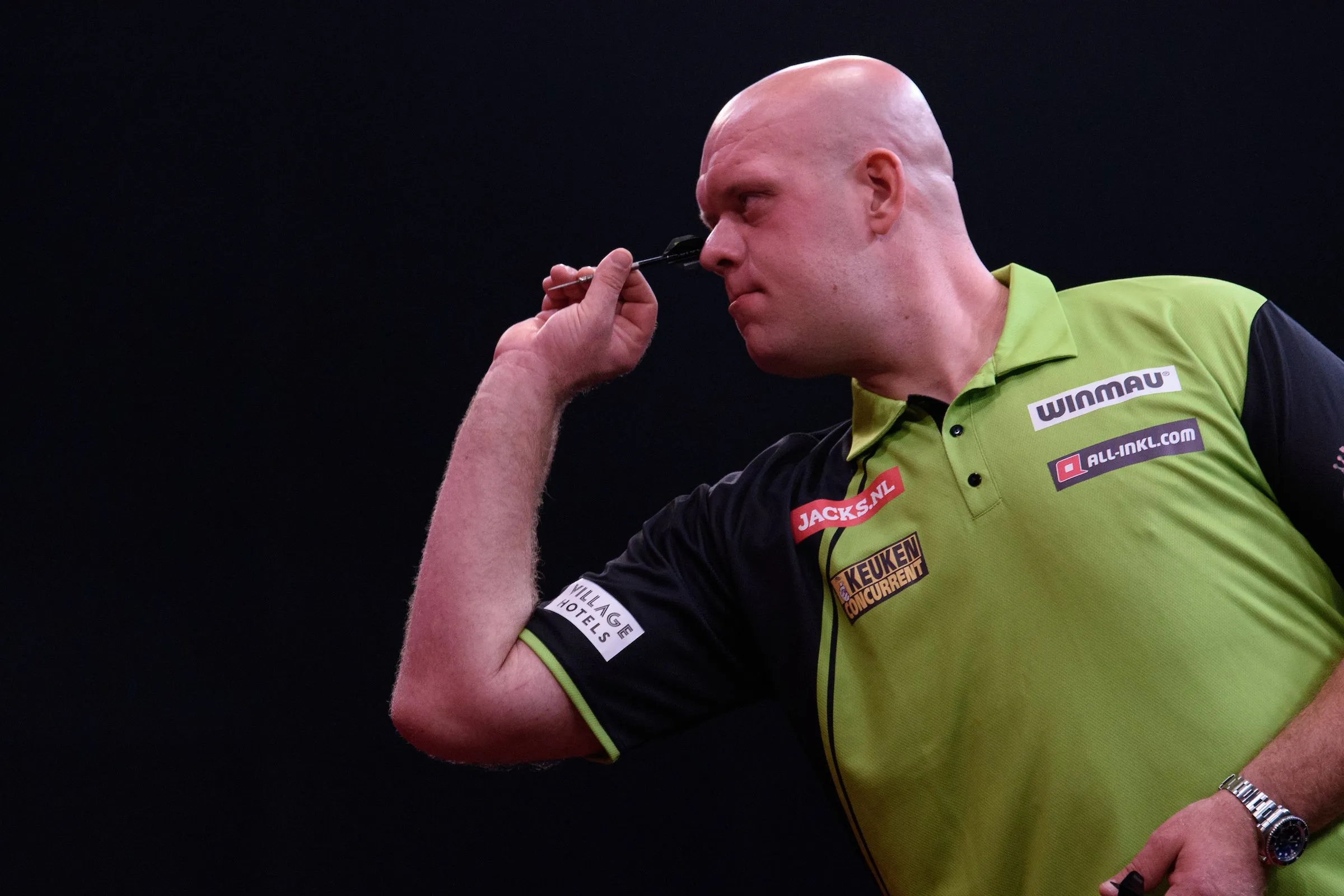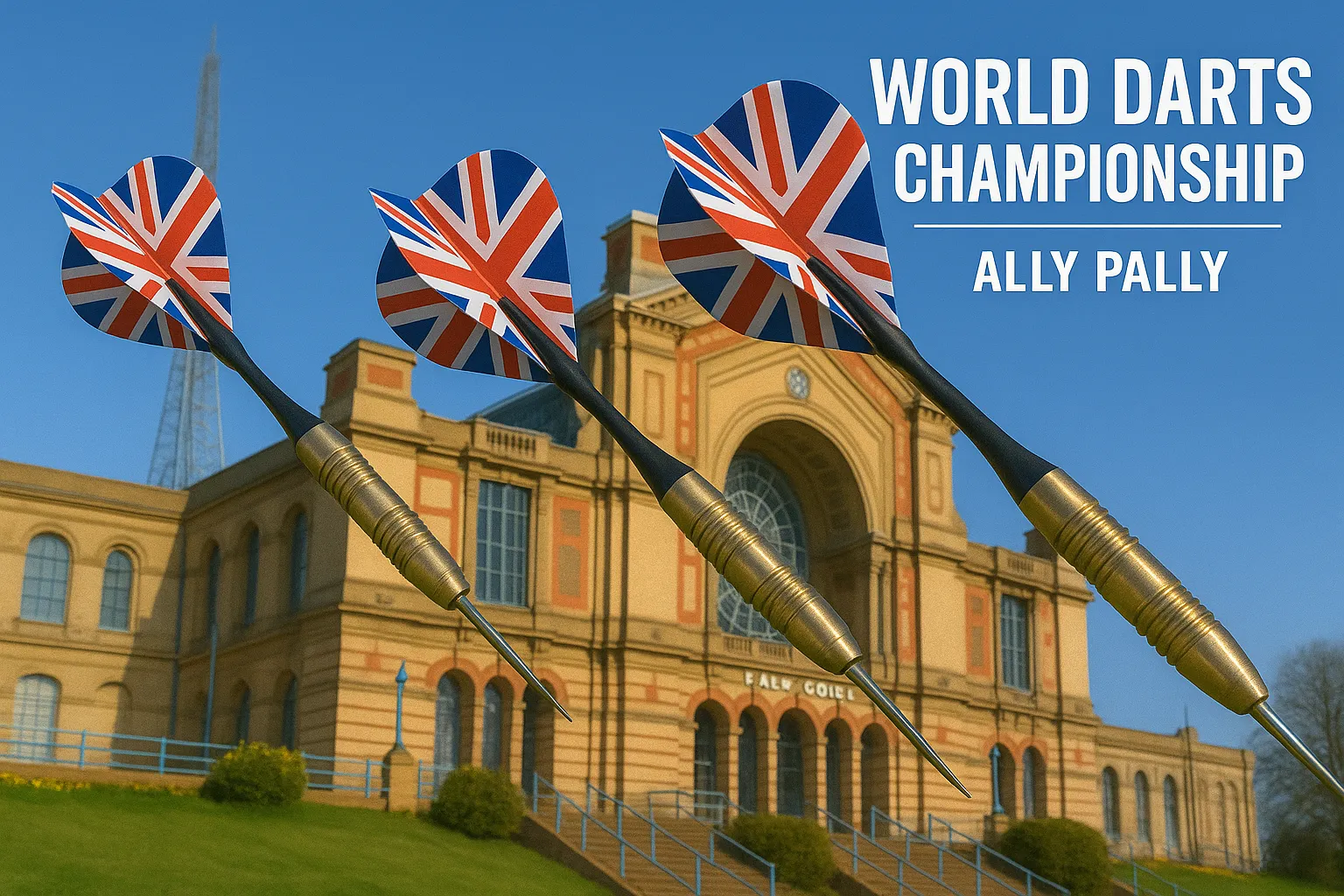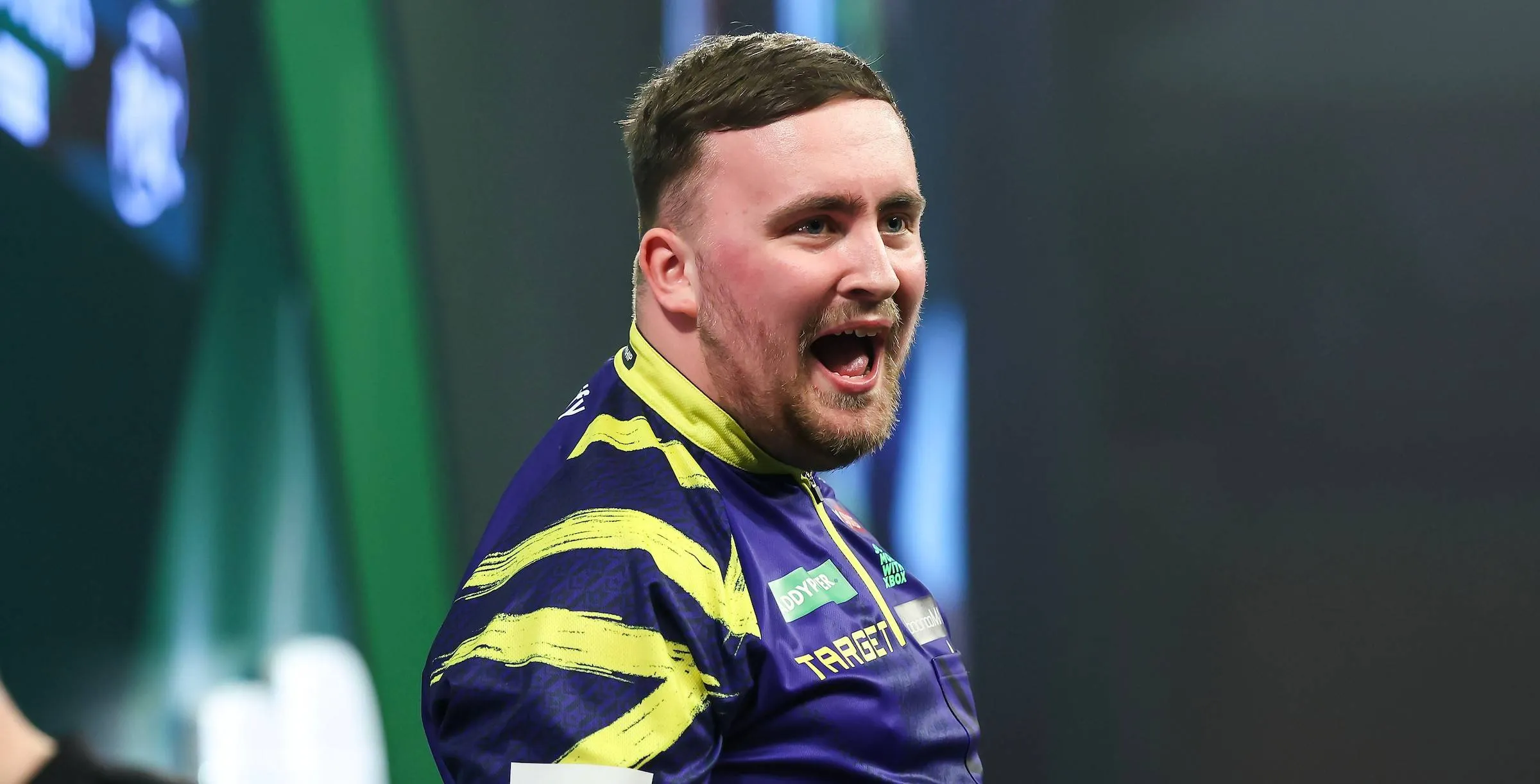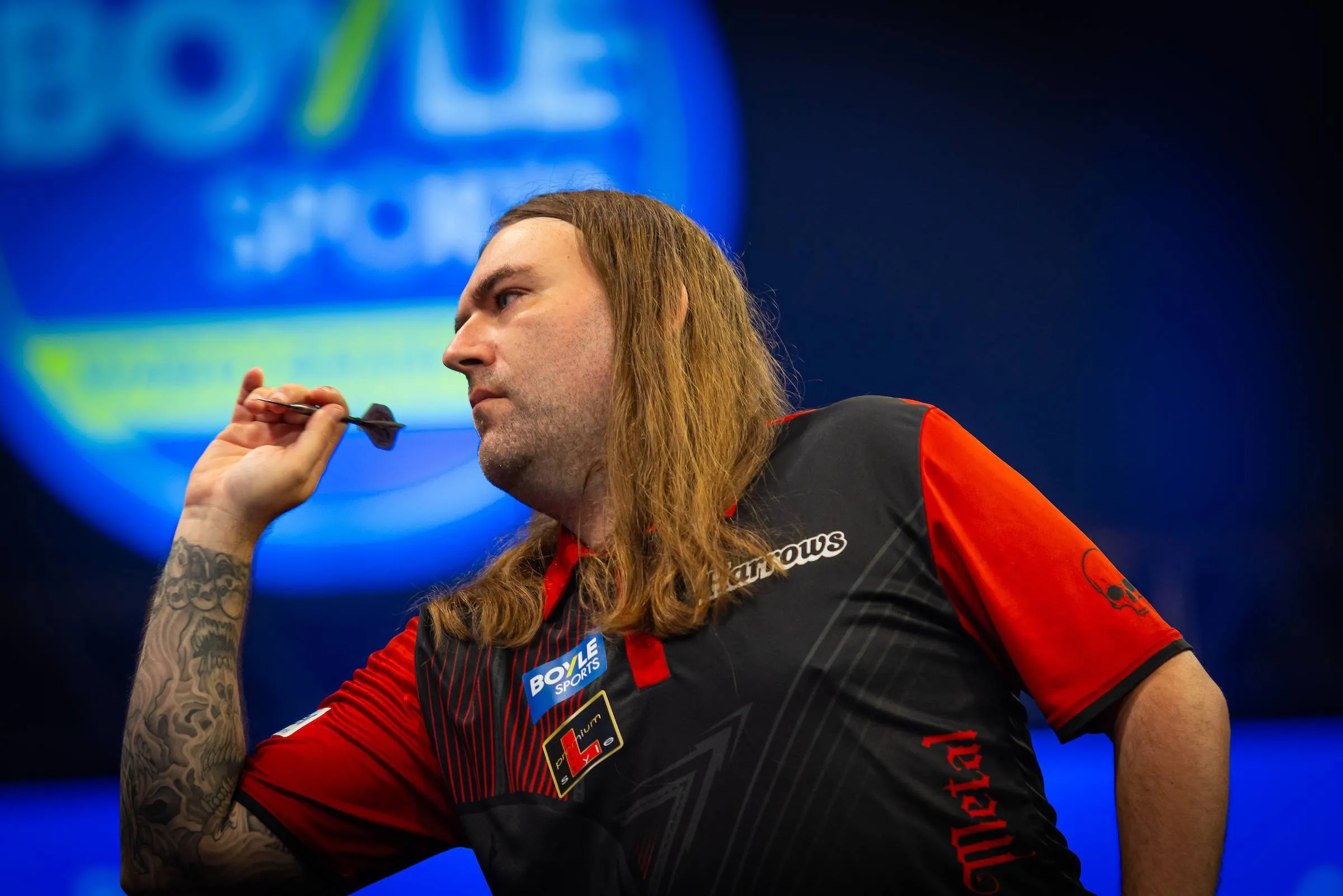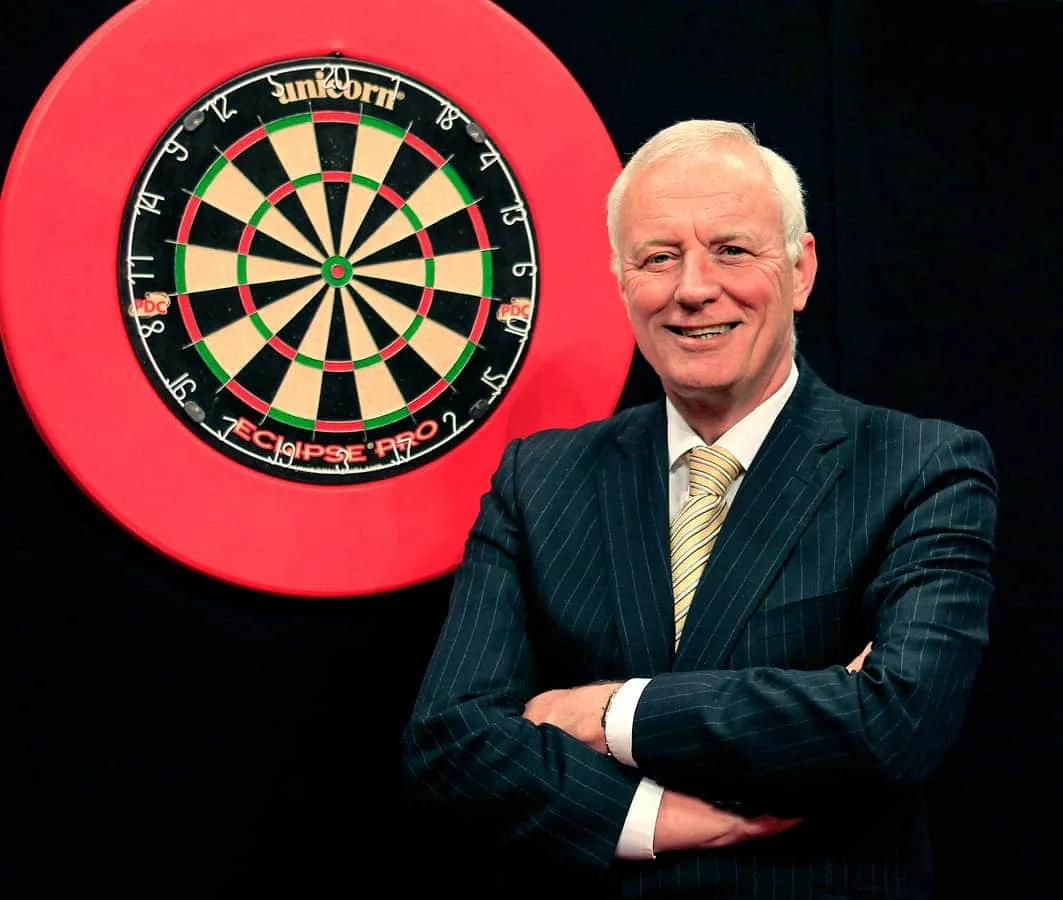"I have to think faster than the darters themselves" - Leading 'spotter' Owen Binks on the difficulties of predicting darters next moves
PDCTuesday, 17 September 2024 at 11:30
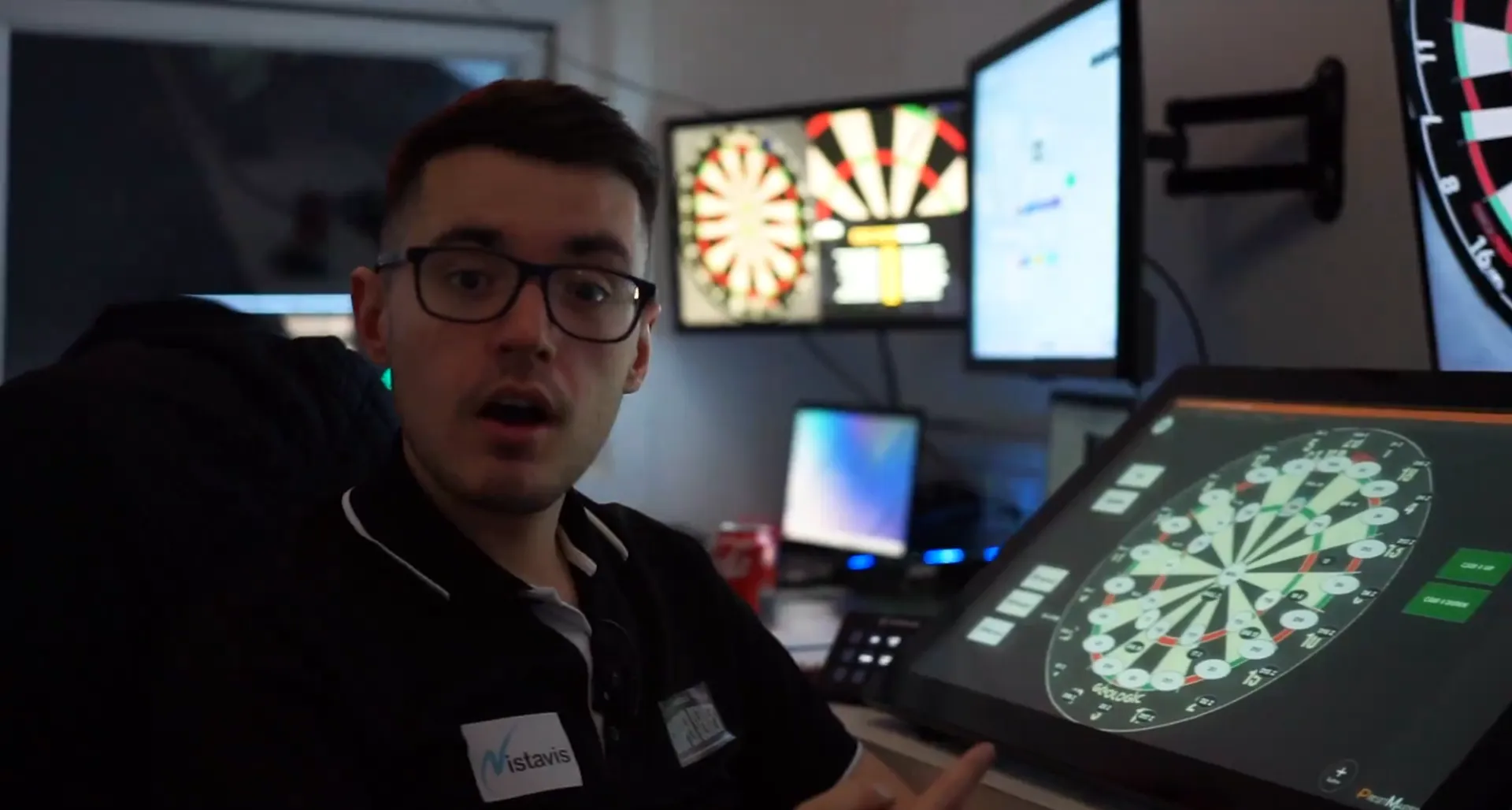
The fact that darts matches are often impeccably portrayed on TV is, of course, thanks to the excellent work of camera operators. But without the help of a "spotter," this would all be impossible.
A "spotter" at darts matches that are televised, is responsible for signaling to the cameramen which segment on the dartboard the players are going to throw at. This person often has to think faster than the darters themselves.
Read also
One of those spotters is Owen Binks, active during the Modus Super Series and also during floor tournaments and European Tour events for the PDC. "There are really few people who know what we do," Binks says in conversation with Het Nieuwsblad. "Even many darts fans have no idea my job exists. Whether I can describe it in two sentences? A 'darts spotter' works in the production room with the director and says what the cameras should focus on during each throw. We give the instructions and everyone else has to listen. TV directors often have no idea what darts is about, so they follow what we say. So we have some power, but we are also under a lot of pressure. Because you are responsible."
"I can say it's a tough job," Binks continued. "It's certainly a lot harder than being a referee. Then you have the answer right in front of you and usually a few seconds to think about it. Then it's mostly good math. But as a spotter I have to think faster than the darters themselves, in other words I have to think ahead. This is then based on habit of a player, my experience or the standard routes you know, but also on, for example, the eyes. You can often see from that where they are going to throw. But even then it is not simple. We often have people who try it because they want to become one, but they quickly realize that it is not their thing. We've also had players pass, world-class players, but then they often passed on what they themselves would do instead of what the player would do on camera. That, of course, is something completely different."
Binks sometimes throws a dart himself, but more as a distraction. "Because so you start thinking what you would do yourself and that's not allowed. You have to get inside the other person's head," he echoes. Although that's easier with some darters than others. "Martin Adams is the easiest of all, because he follows all the standard routes you know. A bit old school, so, although he sometimes makes the wrong choices as a result. Another one is Robert Thornton. His eyes are easy to analyze and when he switches, he turns his whole body."
Read also
"The hardest one I've ever seen? That's easy. Brian Raman. He's a nightmare to spot for. And I even think he's proud of that. He even said it once during an interview, that he wanted to make it difficult for the spotter - me at the time. He is incredibly creative. Especially in the MODUS Super Series, where you play five games in a day, he was crazy there. Another one is Moreno Blom. Who is a little less crazy than Raman, but terribly fast. A difficult combination in our job. By the way: if there is a mistake once, it is often the result of bad communication between the spotter and the director. Not because we indicated a wrong finish."
Dimitri van den Bergh is also not an easy customer for a spotter. "Dimi is not a traditional finisher," Binks states. "He is quite creative and above all a good counter. His 'board management' is extremely strong. He knows perfectly how to leave his favourite double. Luke Littler is also a good counter. By the way: so are many of the younger generation. Littler sometimes has some weird quirks, like the infamous bull, eleven, bull for a 111 finish. But I know that by now and then you take the risk that he will do it again."

Dimitri Van den Bergh in action during the World Matchplay
Binks communicates his decision each time through an earpiece and also often through the computer. "At the start of a leg you always get a split screen, with the board on one side and the darter on the other. Then we usually don't have to say anything yet, unless you have someone like Madars Razma who regularly throws on the nineteen. The next throws you get to see the board, unless at the finish. Then we spot every dart and you get the zooming of the camera on triples or doubles."
Read also
claps 0visitors 0
Just in
Popular news
Latest comments
- Greaves could win Fallon might win Ashton might get a set Van Leuven could get a set deciders Hayter might get to a doubleBandB10-12-2025
- Congratulations Deta, champion at last. Although I was really hoping Sophie was going to win. Deta had a tough route to the final and a deserved Champion after soooooo many attempts.richieburnettrocks08-12-2025
- Congratulations Zehra, an excellent performance, 3-0 was harsh on Rebecca, she played well and actually won a decent trophy better than what Zehra won. I think it is extremely poor and insulting that the girls prize money is half of what the boys win. At that level it should be equal, girls wanting to take up darts will see the injustice of winnings and could think twice about taking up the sport. Ultimately, winning is the only thing that matters, but I would be vocal about prize money if the female equivalent was double the amount.richieburnettrocks08-12-2025
- Having been at Lakeside all week, I am glad it's over. It is not the same and the atmosphere is completely flat. Ultimately, I think they should reduce the format for the men, just make it 32 not 64. It's very long winded and completely rushed and compacted towards the last few days. Mitchell is an excellent player but had to play a 6 set boys final just hours before his 9 set mens final. If the whole competition was spread out he would have not been forced to play 2 major finals in an afternoon, it is ridiculous and Sophie McKinlay had the same situation last year.richieburnettrocks08-12-2025
- Talent without ambition is like a bird without wingsBandB06-12-2025
- Saying Littler failed at lakeside is a little harsh. He lost to Veenstra with a record 104 average.BandB05-12-2025
- Sophie v Paige warranted a final and deserved a longer format, despite the completely shambolic start to the match regarding the scoring which I think unnerved both players, it was an excellent game. Both are outstanding players with great futures in darts. It was a shame such talented players had to meet so early and that Paige is out, she is brilliant and blitzed Sophie in that first set. Fantastic comeback from Sophie, so calm and nonchalant, survived a real scare but hope she becomes World Champion.richieburnettrocks04-12-2025
- I'll play,I can average about 40!rick6701-12-2025
- I'll play,I can average about 40!rick6701-12-2025
- Oh fudge off. Who the hell decided Mardull was preferred choice. Just look as its idiotic face. What a talentless waste of space What a travesty when you compare what ITV had. He comes across as a jokey person but it's a class A piece of sheet, miserable as hell and completely full of himself. I don't know anyone who can say anything positive about this goof. Hopefully he'll meet Chris Mason in a dark alley. It really is paving over paradise.richieburnettrocks26-11-2025
Loading
